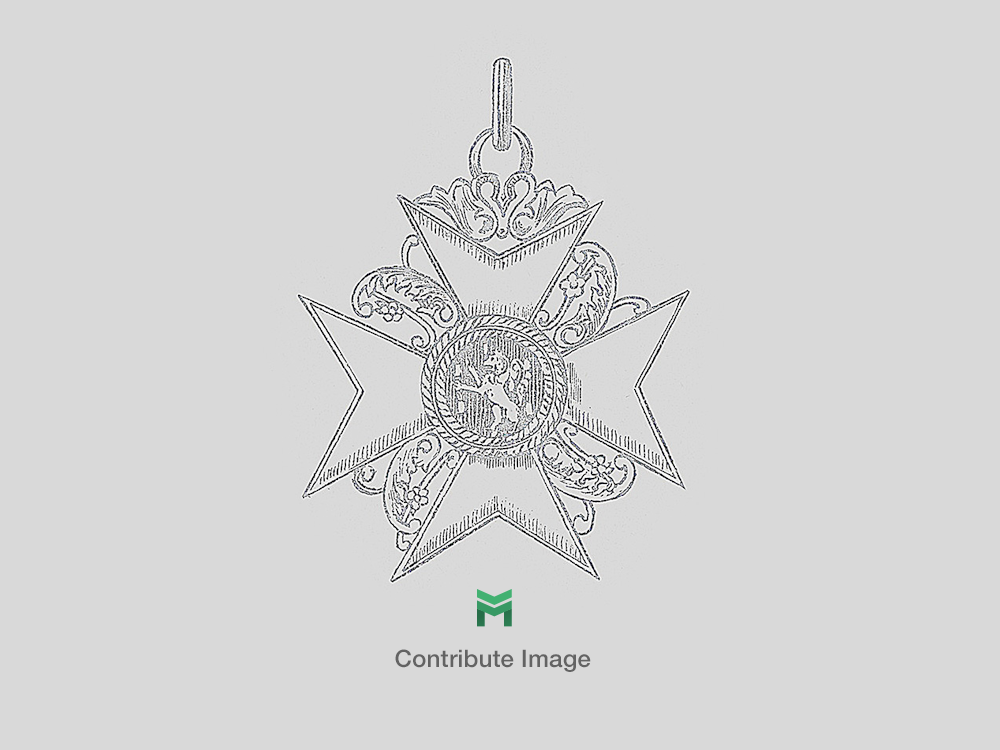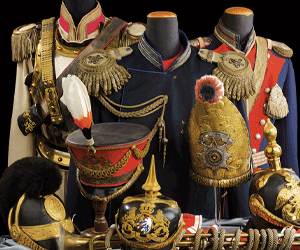Kriegsmarine White Short Trousers
SKU: 21.GOR.02.03.02.003
Estimated market value:

Estimated market value:
Attributes
History
The headgear, uniforms, and insignia worn by members of the Kriegsmarine were based upon the designs utilized by the Kaiserliche Marine and the Reichsmarine. The official regulations governing the uniforms of the Reichsmarine were issued on April 5, 1921, and they were embraced, with a few alterations, as the Kriegsmarine uniforms in 1935.
From 1933-1945, the uniforms worn by personnel in the German Navy were produced and disseminated by the Navy Clothing Depot and private manufacturers. The cloth was of a high quality prior the Second World War, but during the war, it became increasingly synthetic. Similarly, the cloth used in the uniforms of Officers and Admirals was of a higher quality than the cloth used in the uniforms of lower ranking personnel, such as Non-Commissioned Officers. The cloth utilized in garments of the blue uniform is of an overall better quality that the cloth utilized in the field-grey uniform. For the field-grey uniform specifically, the cloth is more grey-coloured in pre-Second World War uniforms, while the cloth is more green/olive-coloured in Second World War uniforms.
The buttons worn on Kriegsmarine trousers are generally composed of metal or plastic.
The garments may have proof stamps, serial and unit stamps, and manufacturer marks denoting the legitimacy and origin of the item. They also tend to feature sewn name tabs (namensläppchen) on all clothing items associated with the blue and field-grey uniforms. The blue uniform garments all have a serial number stamp (stammrollennummernstempel), while the field-grey uniform garments have a unit stamp.
The proof stamp is present on all garments produced by the Navy Clothing Depot, and it includes the size of the item, if needed, with the year of manufacture above the size, and a surmounting script that reads “B.A.K.” or “B.A.W.” This stamp information is framed, and written in white ink on blue or black garments and in black ink on all other colour garments.
The serial stamp is composed of letters and numbers, and it is present on blue uniform garments from the Depot. The stamp is either printed in red ink or sewn in red thread. The numbers are preceded by a letter that denotes the area in which the wearer served, with an “N” for Navy Station or an “O” for Navy Station Baltic. The stamp ends in a letter associated with the wearer’s career group, with an “S” for deck personnel and a “T” for technical professionals. Below the serial number is the year in which the wearer entered the navy, surmounted by a horizontal line.
The unit stamp is present on field-grey uniforms. It includes the framed, shortened unit name of the wearer in red ink.
The marks of private manufacturers vary widely, ranging from codes to full names, and even abbreviated letters, as well as the year of manufacture. After 1942, Reich numbers (Reichsbetriebsnummer) were also used as manufacturer marks (RB-).
The Shorts (kurze Hosen) were considered to be special clothing garments, and they were worn by Kriegsmarine personnel while serving in tropical locales and during official summer months.
These shorts were manufactured in white for wear with the blue work uniform, and in tan/brown for wear with the tropical uniform. The tan shorts generally feature a fly closure with six buttons along the right seam and six buttonholes on the left seam. While the white shorts generally feature a front flap closure with four buttonholes, and two corresponding buttons along the waistband of each front panel.
The tropical short have four to six pockets in total. There are generally two buttoned slash pockets on the front panels at hip level, a small patch pocket on the right front panel, and one or two additional buttoned slash pockets on the back panels. A hidden patch pocket may also be located on the lining of the right pocket
There may also be tightening straps at the sides of the shorts, or even examples of the tan tropical shorts that do not have any type of front closure, and instead, only feature slits at the sides with adjustable straps for sizing.


Comments
Sign in to comment and reply.


Scroll Top